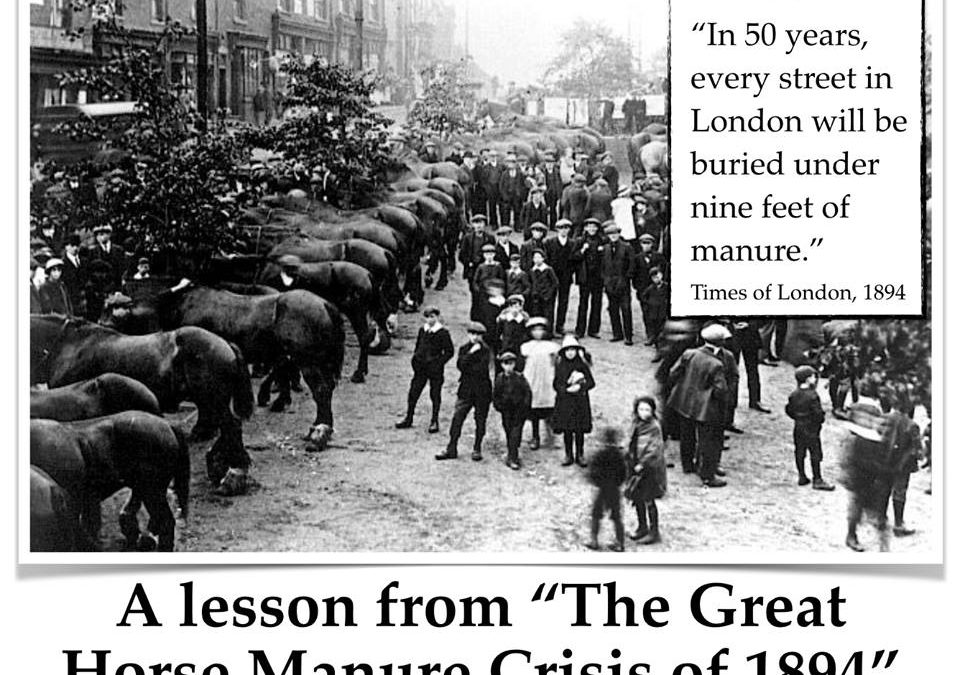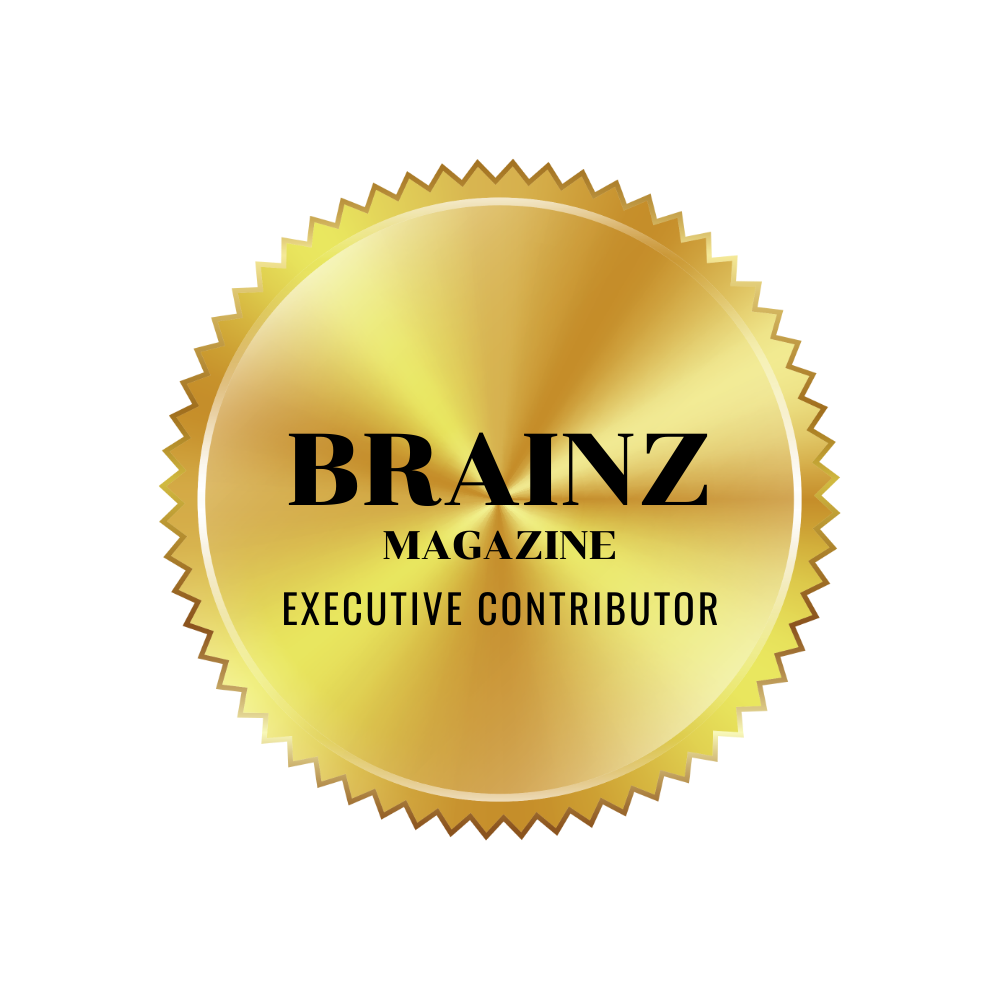The thing I love about summer is the weather and the fact that all the plants and flowers bloom. It makes gardens look amazing and the good weather also means all the fields that I can see from my office window are green and verdant. Nature understands the seasons and that now is the time to start stocking up for winter. Animals start eating more so they have more body fat to keep them going through the winter. And my horses are no exception. The poor girls – Bracken and Thistle – only have to look at a blade of grass and they pile on the weight, whereas with the boys – Toby and Charlie – it is a slower process.
Regardless, the challenge is that as they eat more they also create more manure, which means I have more to clear out of their field each day. Currently I have to clear two barrowloads for manure every 24 hours. Given that the horses are currently living on a steep hill, and love to be at the bottom of the hill, my abs are getting a great workout each day, as I push these full barrows of manure up the hill.
So what does horse manure have to do with business?. Actually quite a lot it seems because the The Great Horse Manure Crisis of 1894 was the first big global urban crisis that the world’s largest cities faced in modern times.
By the late 1800’s London had over 50,000 horses moving cabs and buses every day. Each one produced 15 to 35 pounds of manure and 2 pints of urine daily. At the same time, New York had over 100,000 horses producing 2.5 million pounds of manure each day. No one could figure out how to handle all this manure, and in 1894 the Times newspaper predicted based on the increase in population and horses at the time “In 50 years, every street in London will be buried under nine feet of manure.”
The crisis led to the very first International Urban Planning Conference in New York. However, it was abandoned after three days – instead of the scheduled ten – because none of the delegates could see any solution.
Many of today’s challenges look similarly insurmountable. Anyone looking at current trends and trying to battle the inertia, outdated policies or plain bad decisions of many bureaucracies, corporations and governments can easily lose hope
So what happened to end the Great Horse Manure Crisis of 1894?
Within a matter of years, the entire crisis simply disappeared. While officials looked unsuccessfully for solutions, Karl Benz, Gottlieb Daimler and other inventors and entrepreneurs were creating the very first automobiles. They were looking outside the box at solutions that the urban planners could not even consider possible. After all who would have thought that cars would replace horses. That was such a preposterous idea.
Yet, by 1912, there were more cars than horses in London and New York, as it was cheaper to own a motor vehicle than a horse-drawn carriage and economics eventually ensured that horses were no longer central to the urban transport equation. In just over a decade the number of cars sold in the US rose from 4,192 per year in 1900 to 356,000 in 1912. By 1917, the last horse-drawn streetcar in New York had been retired. What was once thought to be an insurmountable threat to humanity’s existence vanished in little over a decade and the entire incident is now a barely remembered footnote in human history
“We can’t solve problems by using the same kind of thinking we used when we created them.” ~ Albert Einstein
Of course – the age of fuel-driven vehicles has created a whole new set of problems. But today, new inventors and entrepreneurs in green energy, health, education and all areas of society are coming up with new solutions at an increasingly rapid rate. In fact the biggest challenge for business today are the mavericks who are thinking outside the box and disrupting business. Just think Uber and Air BnB. Who would have thought that these two companies could completely change the face of the travel industry – and best of all they have done it without owning any assets!
There is no getting away from the fact the business is at a tipping point. The old structures are no longer serving us and as a business owner and leader you can either decide to focus at joining the groups protesting them or you can join the many who are already creating the new paradigms and be the change you want to see in the world.
What are you deciding? Will you become a conscious entrepreneur who challenges the status quo and stands for something more, or will you shrink and play small, staying stuck in the old ways of doing things. If the former, I’d love to hear from you as I specialise in helping leaders set out of their comfort zone to challenge the status quo and in doing so become a business pioneer.

Julia Felton (aka The Business Wrangler) is the founder of Business HorsePower. Business leaders, entrepreneurs and executives hire her to accelerate their business performance by harnessing the energy of their people to work more collaboratively together. By aligning purpose with actions the team achieves exponential results as everyone starts pulling in the same direction.
Julia believes that business is a force for good and through designing purpose-driven businesses that leverage the laws of nature, and the herd, you can create businesses founded on the principles of connection, collaboration and community that make a significant impact in the world.






